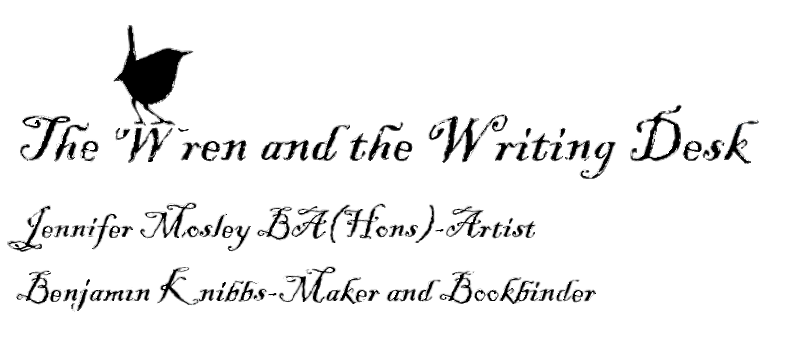To make the iron acetate you will need to fill half a jam jar with iron nails or screws or other iron hardware. Fill almost to the top with distilled vinegar or other pale vinegar (I have used cider vinegar). I would perhaps avoid malt vinegar as this may be too dark. Leave for at least 3 weeks I would cover the jam jar with cling film and do not tighten the lid too tightly.
When you are ready to ebonize the wood of your choice please use protective gloves as it will stain, also use a mask as iron acetate is not the nicest chemical to smell!
Make a strong brew of one tea bag per 200ml and leave for at least 10 minutes.
With a sponge or brush soak the surface with the strong tea and then pat dry. With a separate brush or sponge, brush on the iron acetate and then watch the magic happen! The stain will darken before your very eyes as the iron acetate reacts with the tannin. You may need to experiment with a scrap piece of wood beforehand to ascertain how dark the end result will be.
Enjoy
I hope you agree with me that the edges of wood fit in quite nicely.


























































